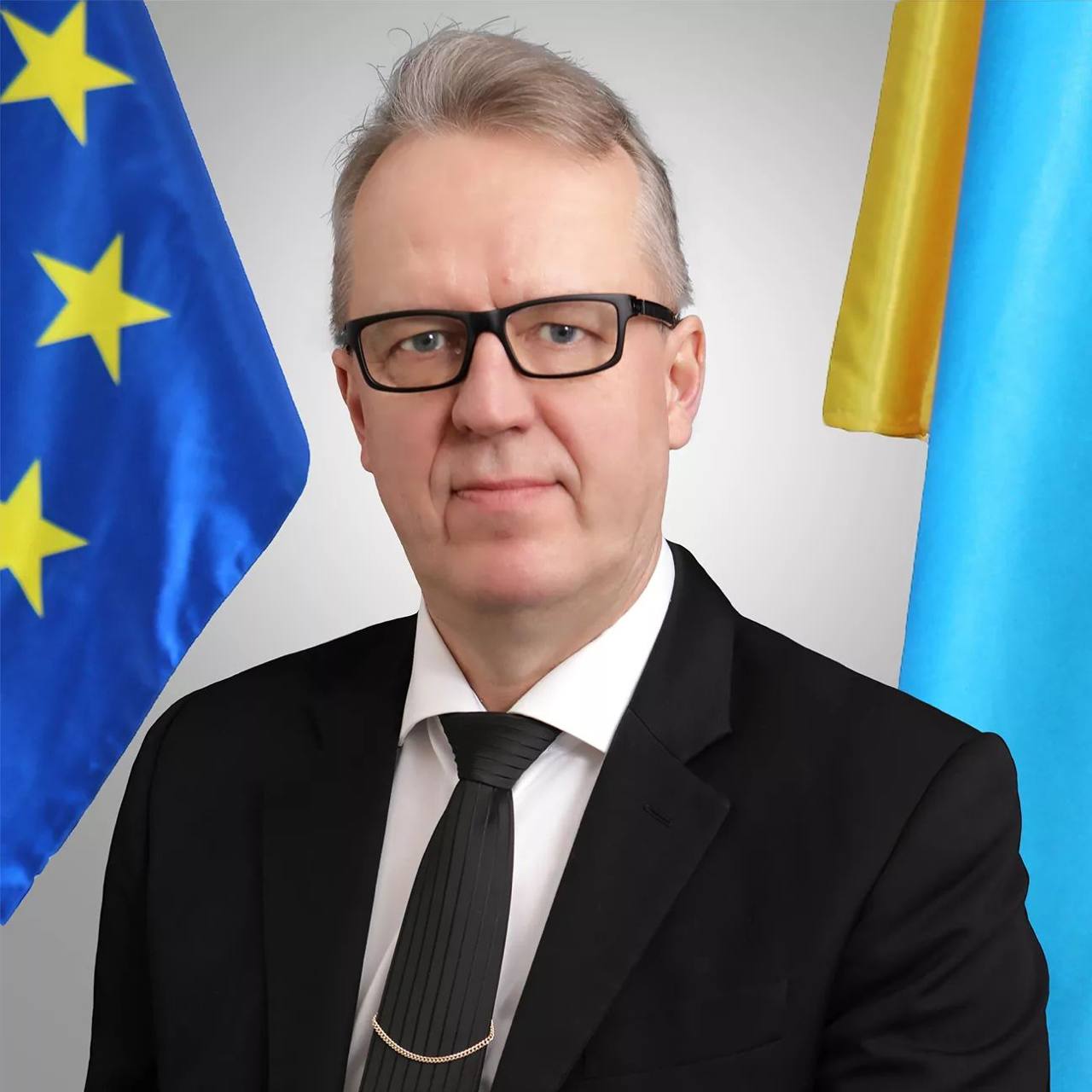The interviewer: Sviatoslav Maksymiv
Interviewee: Antti Juhani HARTIKAINEN – Senior Strategic Advisor to Integrated Border Management Centres. Advising on the establishment of the Centres and operationalisation of them.
1. What is the role of integrated border management centres in the context of Russia’s war against Ukraine?
The main task of the central level IBM Coordination Centre which began its activities in April 2024 is to create a comprehensive national border security situational picture. The Centre transmits this national situational picture to all authorities participating in the Centre’s activities. At the same time, it can propose operational measures to improve border security. A comprehensive national border security situational picture and proposals for operational measures improve the possibilities of authorities participating in the Centre’s operations to take the appropriate measures required by the situation to ensure border security. This operating model improves cooperation between authorities and enables more efficient use of the joint resources of different authorities to react to detected threats.
2. What are the main challenges and obstacles in the process of functioning of the integrated border management centres in Ukraine?
At present, the central level coordination centre is just taking its first steps and it is not fully operational. Development of working processes and instructions is in process. A lot of training is needed for the personnel. Luckily the EU Border and Coast Agency Frontex has in cooperation with EUAM Ukraine promised to support in this regard. Regional level coordination structures are not existing yet. Connections to the neighbouring EU Member States and numerous international actors need to be established. EU regulations limit EU Member States and Frontex possibility to share border security situational information with Ukrainian authorities. Full access to the EU border security situational information and possibility to share Ukrainian border security data there can be granted just after the EU membership.
3. What opportunities exist to involve the public and civil society organizations in the process of border management and security in the context of the conflict with Russia?
Cooperation with the local population and civil society organisations is a very important element in maintaining border security. The border management authorities shall promote close cooperation with the local population and inform them of the prevailing border security situation and give instructions on what to do when incidents endangering border security or their personal safety are detected. Civil society organisations can be used, for example, to inform society of the prevailing situation as well as to support border management authorities in crisis situations, for example by organising the necessary food and medical care for the victims of the conflict.
4. How does the war with Russia affect the activities and strategies of Ukraine’s border management? Will the Centre be ready to adapt to such challenges?
The situation on Ukraine’s eastern and northern borders and in the maritime area is extremely exceptional and difficult. In these directions, border security is mainly ensured by military measures. There is no cross-border traffic at the country’s eastern and northern land borders, and commercial vessel traffic in the sea area is very limited. Infrastructure is largely destroyed. Personnel and equipment losses are significant. Resources have had to be shifted from the western border to the eastern and northern borders. The shortage of personnel at the western border has been compensated for by recruiting new personnel, who have not been always given sufficient training in all respects. In their strategies Ukrainian border management authorities need to be prepared to re-establish fully functioning border management system at the Eastern and maritime borders. Unlike the ongoing unprovoked war of aggression, the EU integration process brings positive elements to the development of border management.
The war does not have significant direct impact to the daily work of the Centre. The working methods and processes of the Centre are basically the same during the war and peace time, just the content of the products is different. However, the Centre has just started to work and for this reason it is too early to start assessing its capabilities. Another issue is how border management authorities can make use of the information and suggestions produced by the Centre.
5. What strategic development prospects do you see for integrated border management centres in Ukraine in the context of the conflict with Russia and in view of the growth of new technologies and global security challenges?
The unprovoked war of aggression complicates the formation of a comprehensive national border security situational picture especially from the Eastern Ukraine for a long time as after the war it takes long time re-establish border management infrastructure, including modern surveillance technology, along this very long border section. For the maritime border security situational picture modern technical solutions needed would be easier to establish with more reasonable budgetary implications. The use of artificial intelligence enhances technical border surveillance and analytical work. Well-secured, modern data networks enable encrypted real-time data transfer with regional coordination centres as well as with neighbouring EU Member States and Moldova.

